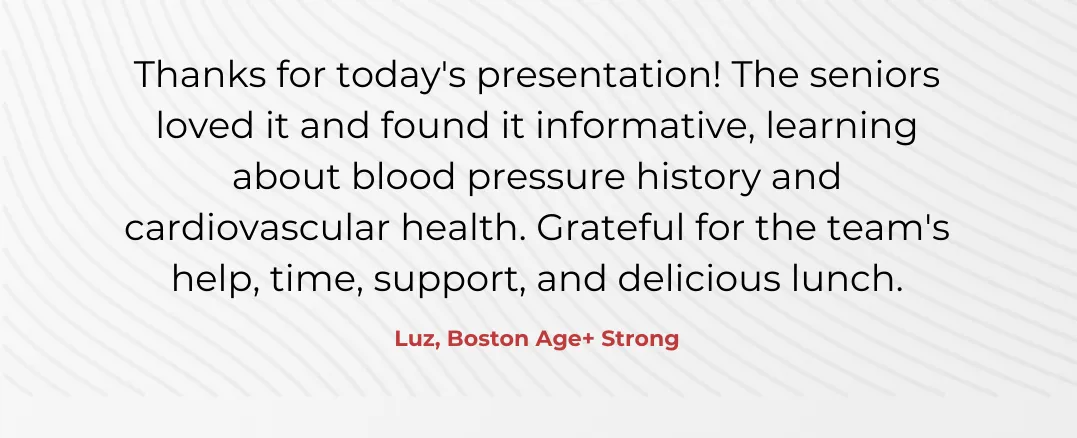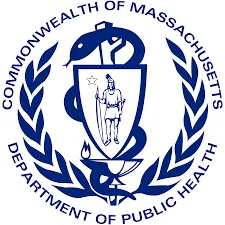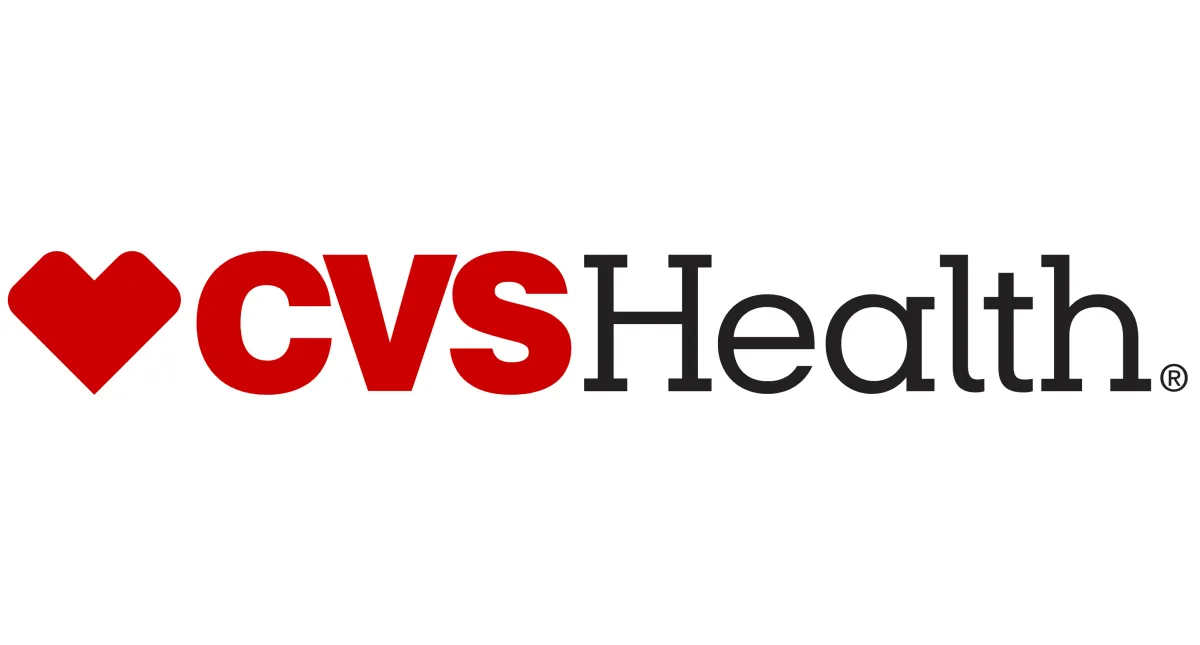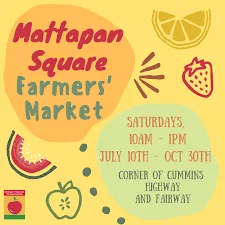About Us
Heart of a Giant Foundation
HGF
About Heart of a Giant Foundation
At Heart of a Giant Foundation, we are committed to reducing the impact of heart disease worldwide. We strive to become the leading partner in detecting, diagnosing, and managing cardiac risk factors. Our multi-level intervention programs empower individuals to take control of their health. Join us now to impact communities affected by heart disease significantly.

Our Vision and Mission
Our vision is clear: to ensure that every individual in the community has access to effective heart health education, superior healthcare assistance, and community resources, enhancing their overall health, quality of life, and the management of their heart conditions and related risk factors. We strive to achieve this vision by:
Our mission is to proactively identify heart-related risk factors in at-risk population groups, provide them with the support and knowledge they need to become self-reliant, and advocate for managing and living with their health conditions.
Raising awareness about risk factors and symptoms of cardiac conditions;
Promoting regular health check-ups, screening, and early diagnosis;
Providing culturally intelligent and responsive services;
Improving patient-provider relationships;
Enabling access to improved care and better health outcomes;
Empowering patients and caregivers, and
Promoting advocacy and self-advocacy.

Some Tough Truths About Heart Disease
Heart disease remains the No. 1 cause of death both in the US and the World, with staggering statistics highlighting the urgency of our mission:
18 million+ lives are lost to heart disease globally each year.
655,000+ deaths occur in the US annually due to heart disease.
495,000+ individuals suffer from high blood pressure-related casualties every year.
Despite these alarming figures, only about 49% of Americans are aware of their heart health status, underscoring the critical need for increased education and awareness.
High blood pressure, also known as hypertension, is a common heart condition that has been identified by the US Centers for Disease Control and Prevention (CDC) as a leading risk factor for heart disease, stroke, kidney disease, and vascular dementia.
According to a recent study conducted by the Boston Public Health Commission, one out of every four adult residents in Boston reported having hypertension. The study also found that the percentage of hypertension was higher for Black (36%) and Latino (27%) adults compared to White adults (20%). Neighborhoods with predominantly Black people, such as Mattapan, Dorchester, or Roxbury, had hypertension rates ranging from 34% to 42%.

More About Us
Eager to learn more about our efforts and impact? Visit our News and Insights Page. It's a space where we share blogs, insights, stories, and project updates. Our blog isn't just about posting articles; it's a platform for engagement. We love interacting with our readers in the comments section, fostering a community of like-minded individuals passionate about advancing the world of heart health.
Join us at Heart of a Giant Foundation as we work with our communities, supporters and partners to turn the tide against heart disease, one heart at a time.
News and Insights
Disclaimer:
The information shared on this page is not intended to replace professional medical advice. Always consult with a healthcare provider for any medical issues.
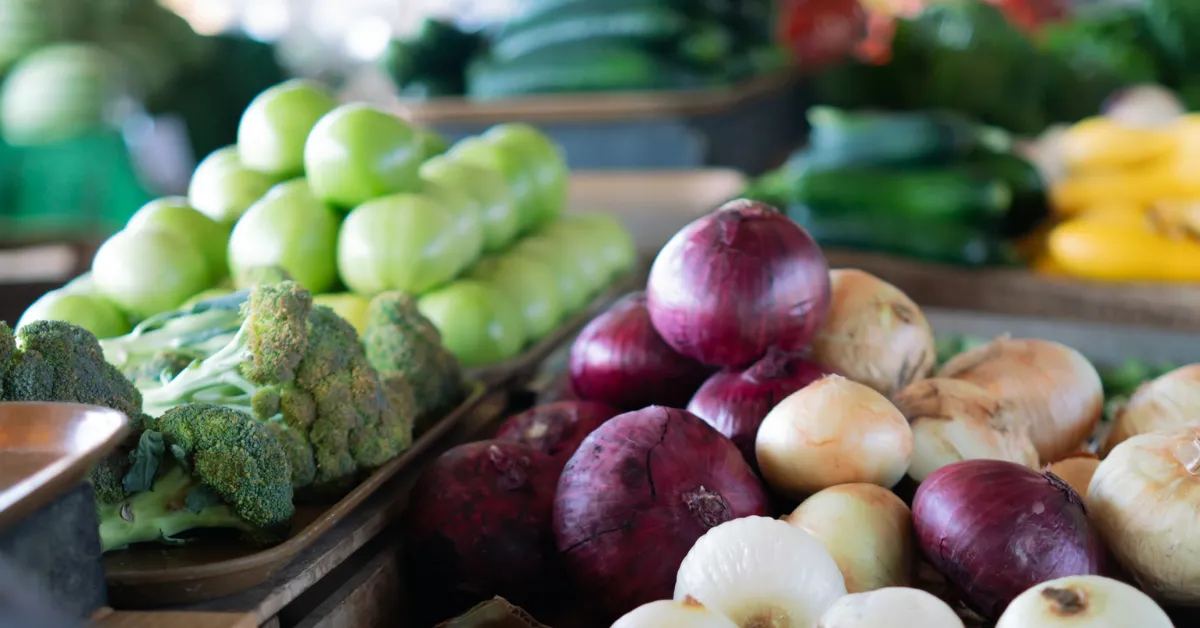
THE BENEFITS OF SEASONAL EATING FOR HEART HEALTH
In pursuit of optimal heart health, the American Heart Association recommends consuming at least five servings of fruits and vegetables daily. While meeting this guideline is crucial, the quality of these choices matters just as much as the quantity. One effective way to achieve this goal is by prioritizing seasonal fruits and vegetables that are grown as close to you as possible.
Let’s delve into the reasons why eating seasonal produce is a wise choice. We’ll explore the bounty of fruits and vegetables typically available in September in both the northern and southern hemispheres, and provide some nutrient-dense recipes that showcase these seasonal delights.
The Importance of Seasonal Eating
When aiming to meet the AHA’s recommendation, it’s not just about the number of servings consumed, it’s about making each serving count. Seasonal fruits and vegetables have a unique advantage in this regard. Not only are they rich in essential nutrients, but they also offer a myriad of benefits for both personal health and the environment.
1. Nutritional Superiority
Seasonal produce is harvested at its peak ripeness, ensuring it is bursting with vitamins, minerals, and antioxidants. These nutrients play a vital role in supporting heart health by reducing inflammation, boosting immunity, and promoting overall well-being.
2. Enhanced Flavor and Taste
The natural ripening process of seasonal produce enhances its flavor and taste. Consuming fruits and vegetables when they’re at their prime ensures a delightful and satisfying culinary experience.
3. Cost Efficiency
Buying seasonal produce is often more cost-effective due to the abundance of supply. This not only helps you manage your budget but also supports local farmers and economies.
4. Environmental Impact
Opting for local, seasonal produce reduces the carbon footprint associated with transportation and refrigeration. By eating foods that are naturally available in your region, you contribute to a more sustainable food system.
5. Connection to Nature
Eating with the seasons fosters a deeper connection with the environment and an appreciation for the cycles of nature. It encourages mindfulness about the foods we eat and the resources they require.
6. Support for Local Agriculture
Choosing seasonal produce supports local farmers and promotes agricultural diversity. This contributes to the preservation of farmland and the resilience of local food systems.


September’s Bounty in the Northern Hemisphere
As summer gradually gives way to fall in the northern hemisphere, September brings with it a delightful array of seasonal produce that perfectly complements the changing weather.
Tomatoes
Bursting with vitamin C and antioxidants like lycopene, tomatoes are not only flavorful but also supportive of heart health. Try them in salads, salsas, or as a base for soups and sauces.
Peppers
Vibrant bell peppers and spicy chili peppers are packed with vitamin C and various antioxidants. They add a burst of color and flavor to stir-fries, salads, and grilled dishes.
Apples
Rich in dietary fiber and quercetin, apples are an excellent choice for snacking or adding to both sweet and savory recipes.
Broccoli and Cauliflower
These cruciferous vegetables are a source of vitamins C and K, as well as fiber and sulforaphane—a compound known for its potential heart-protective effects.
Brussels Sprouts
As the weather cools, Brussels sprouts come into their own. They offer a healthy dose of fiber, vitamins, and antioxidants.
Berries (Raspberries, Blackberries)
These antioxidant-rich fruits can be enjoyed as a nutritious snack, a topping for yogurt, or incorporated into smoothies.
Photo of a pile freshly harvested oranges
September’s Harvest in the Southern Hemisphere
In the southern hemisphere, September marks the transition from winter to spring, offering a renewed variety of fresh produce.
Citrus Fruits
Citrus fruits like oranges, grapefruits, and lemons are a treasure trove of vitamin C and other antioxidants. Enjoy them as a tangy addition to salads, juices, or as a snack.
Avocados
Creamy avocados are a source of heart-healthy monounsaturated fats. Mash them onto whole-grain toast or use them to create guacamole.
Spinach and Lettuce
Leafy greens are abundant and provide essential nutrients like vitamins A and K, iron, and fiber. Create salads or use them as a base for wraps.
assorted berries and citrus fruits, and avocado on toast
Nutrient-Dense Seasonal Recipes to Savor
Tomato and Basil Salad
Apple and Walnut Salad
Roasted Brussels Sprouts
Citrus Avocado Salad
Adhering to the American Heart Association’s recommendation of five daily servings of fruits and vegetables is a powerful step toward nurturing your heart health. By embracing the concept of seasonal eating, you not only amplify the nutritional benefits of these foods but also contribute to a more sustainable and ecologically responsible food system. September offers a diverse range of produce in both the northern and southern hemispheres, giving us the opportunity to indulge in nutrient-dense and flavorful recipes that align with the rhythm of nature. So, as the seasons shift, let your plate mirror the vibrant changes around you as you relish the delicious and heart-healthy offerings of this month.
Testimonials
The Heart of a Giant Foundation, Inc. is a 501(c)(3) nonprofit organization, EIN 84-2900386. Donations are tax-deductible.


